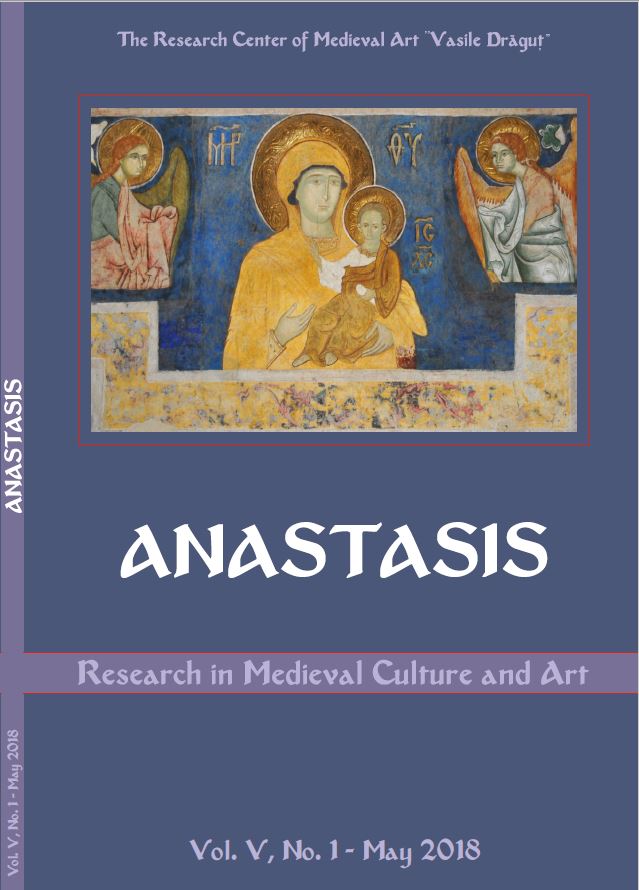Ideology, Symbolism and Representation through Byzantine Art
Ideology, Symbolism and Representation through Byzantine Art
Author(s): Cristina GelanSubject(s): History, Fine Arts / Performing Arts, Visual Arts, Middle Ages
Published by: Editura ARTES
Keywords: ideology; images - symbol; Byzantine art; symbolism; hieratism; transcendent world; dogmatism.
Summary/Abstract: A research about symbolism and representation in the world of the Byzantine leads us to the identification of an aesthetic doctrine based both on the ideas of the important thinkers of the time and also on the artistic representations, which have created constitutive beliefs for memory and for social identity. We identify in this regard the ideological conceptions that have structured the collective mentality and determined the crystallization and the imposition of a cultural paradigm.An important role in this sense was played by the plastic representations of Byzantine art. One of the essential themes of this Byzantine art is to illustrate some aspects of the visible and invisible world. The Byzantine artistic representation does not reproduce or imitate earthly patterns, but tends to transcend the human world and to approach the divine. The subject of Byzantine art becomes the idea of the eternal and immutable world, which opens only to the soul or the mind, a world different from that of the perceptible phenomena of the senses. The perception of the human being changes: the human body begins to become more and more devalued, and the idea of the soul, whose perfection consists in delivering body and salvation, is glorified. We are talking about completing a theme that will contribute to shaping the Christian doctrine and will have an overwhelming role in the formation and structuring of the collective mentality for several centuries.
Journal: Anastasis Research in Medieval Culture and Art
- Issue Year: V/2018
- Issue No: 1
- Page Range: 130-145
- Page Count: 16
- Language: English

